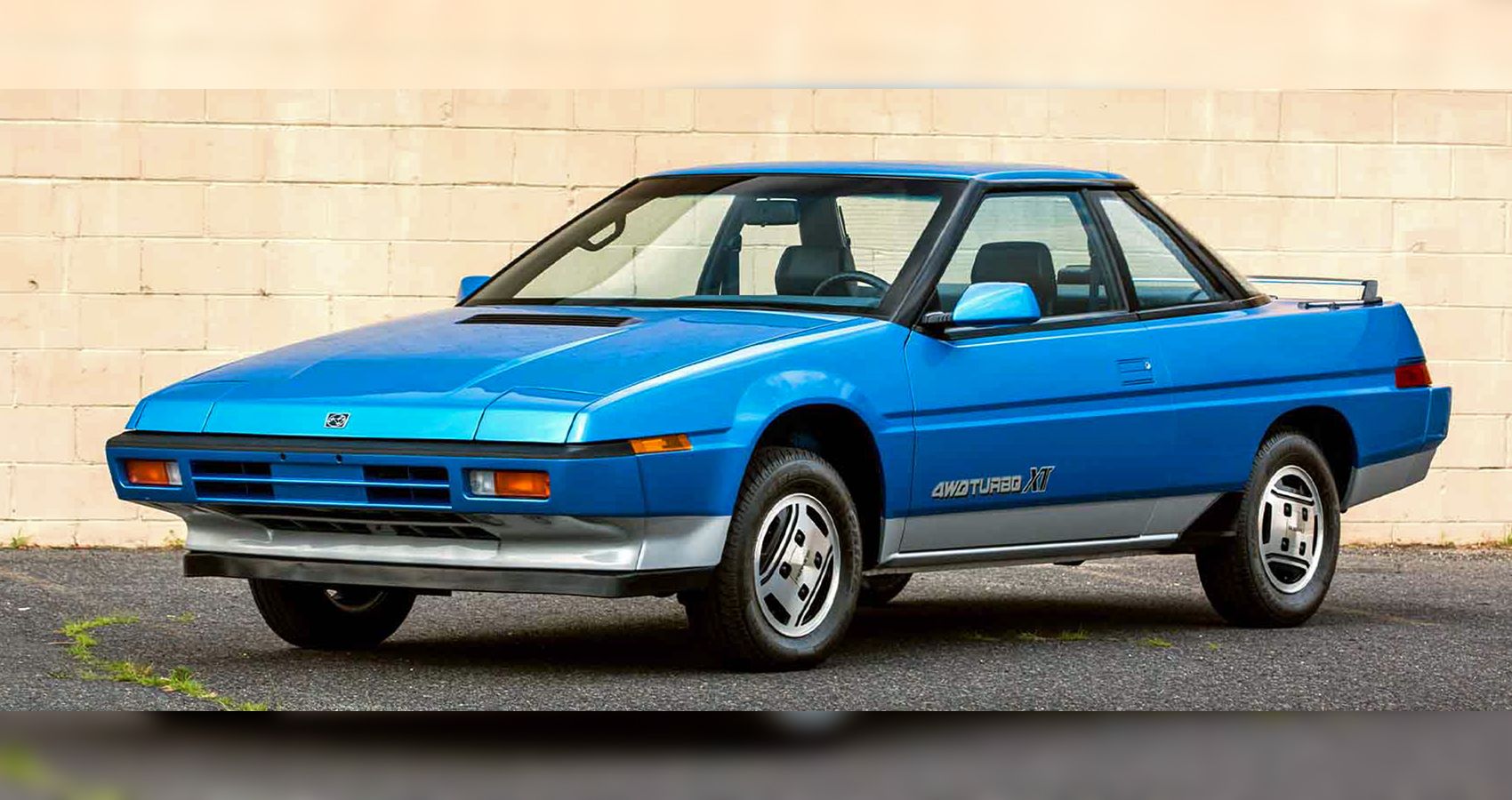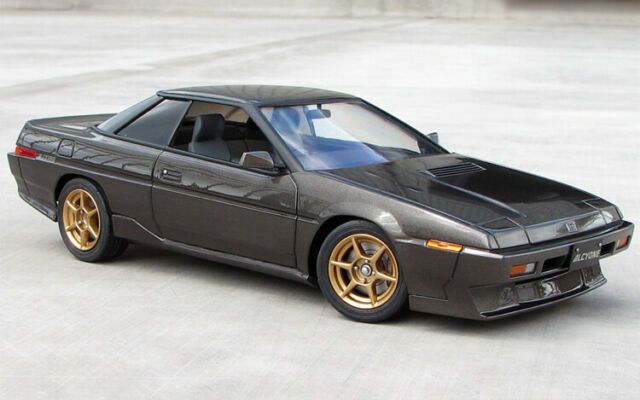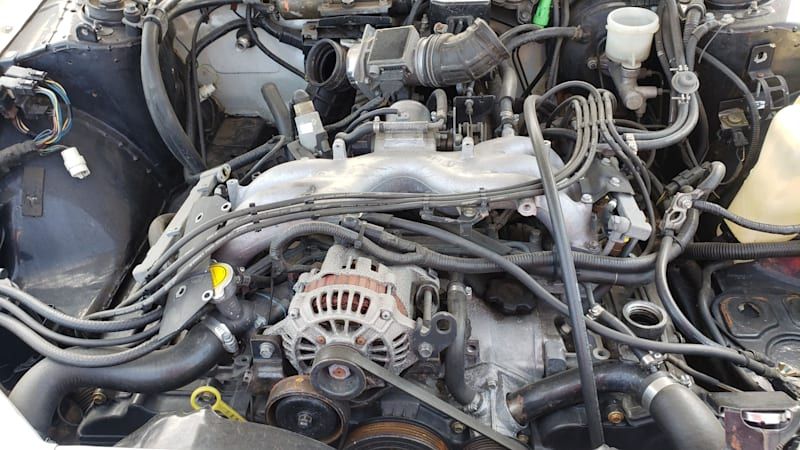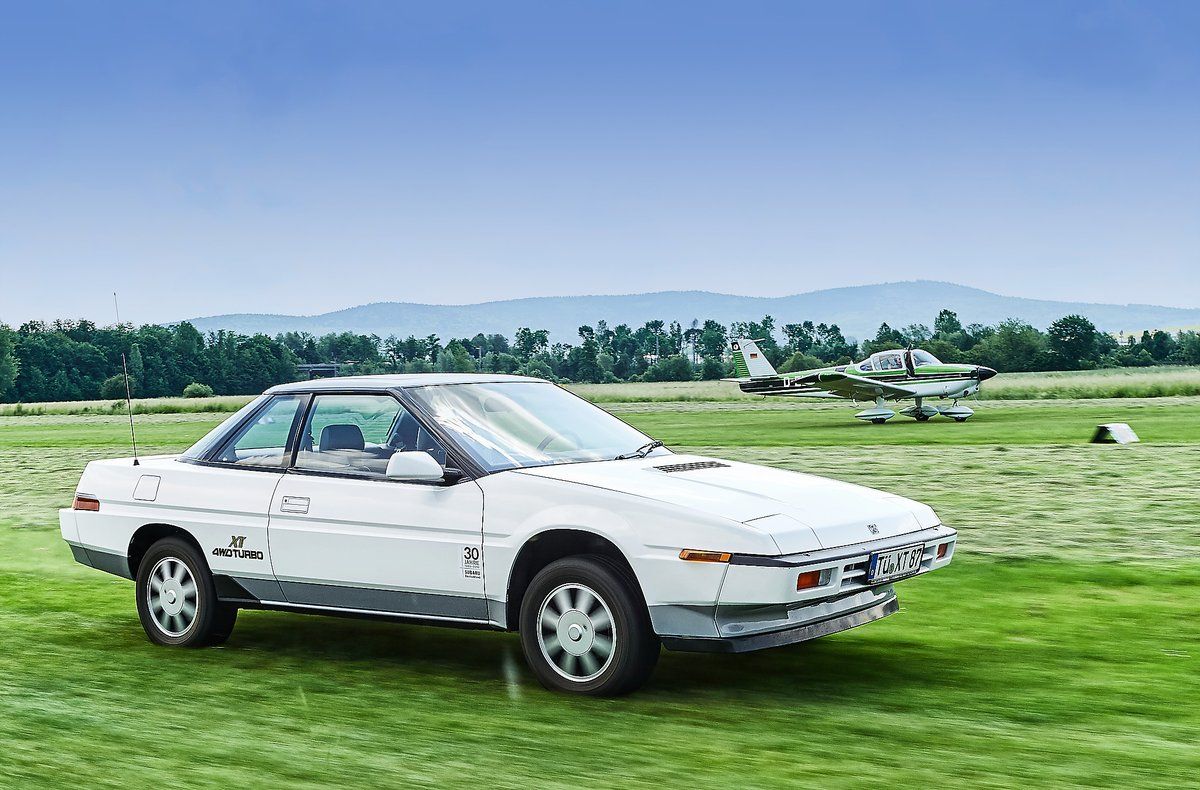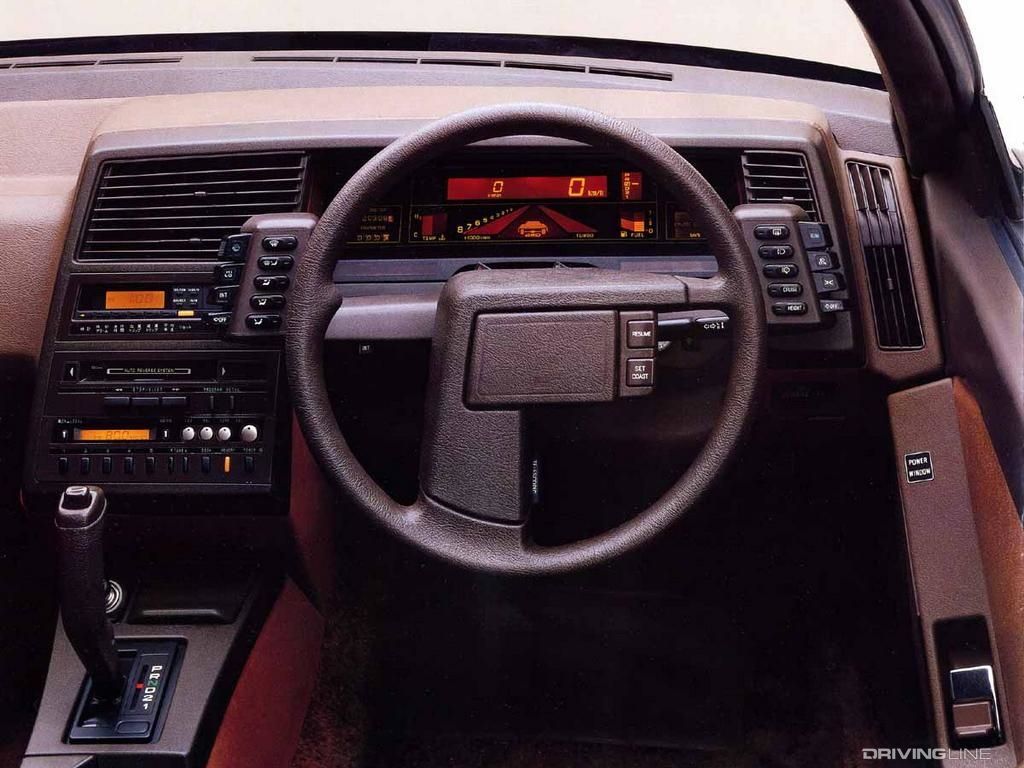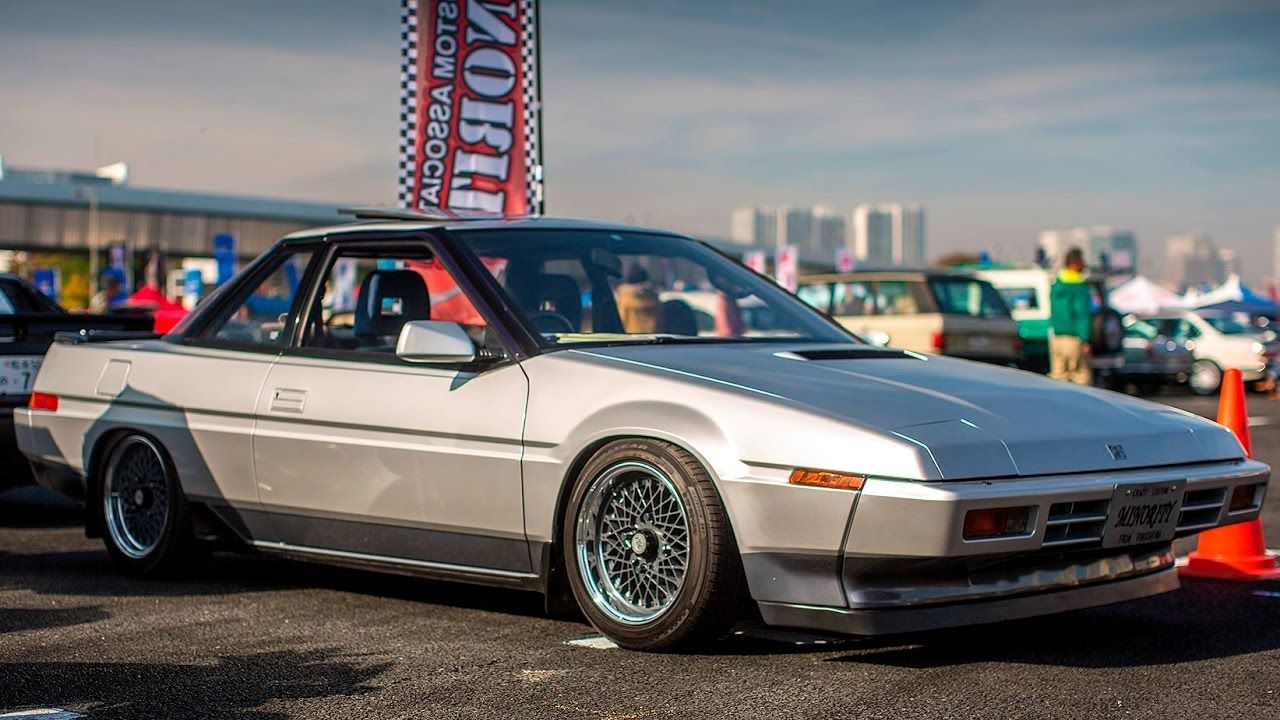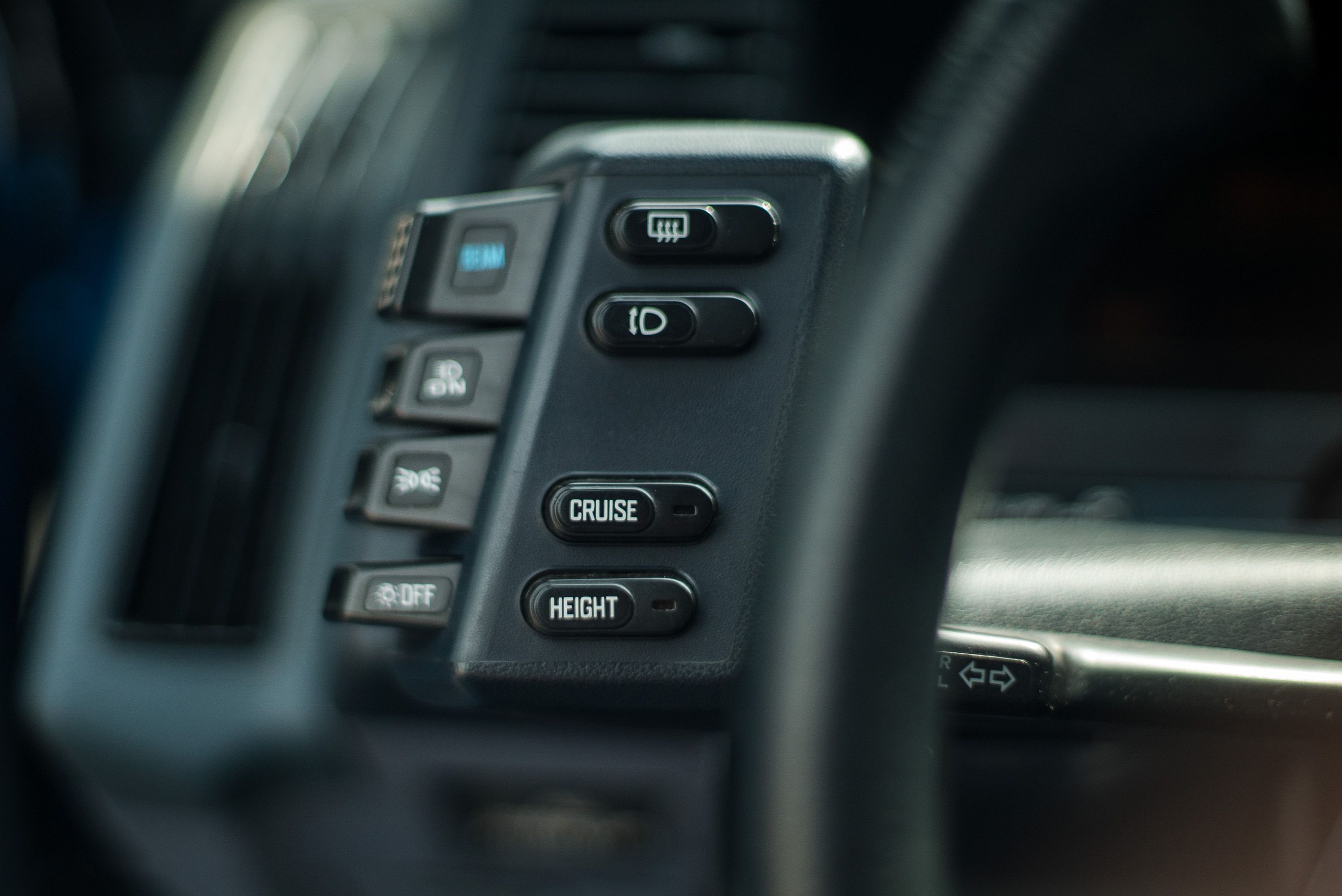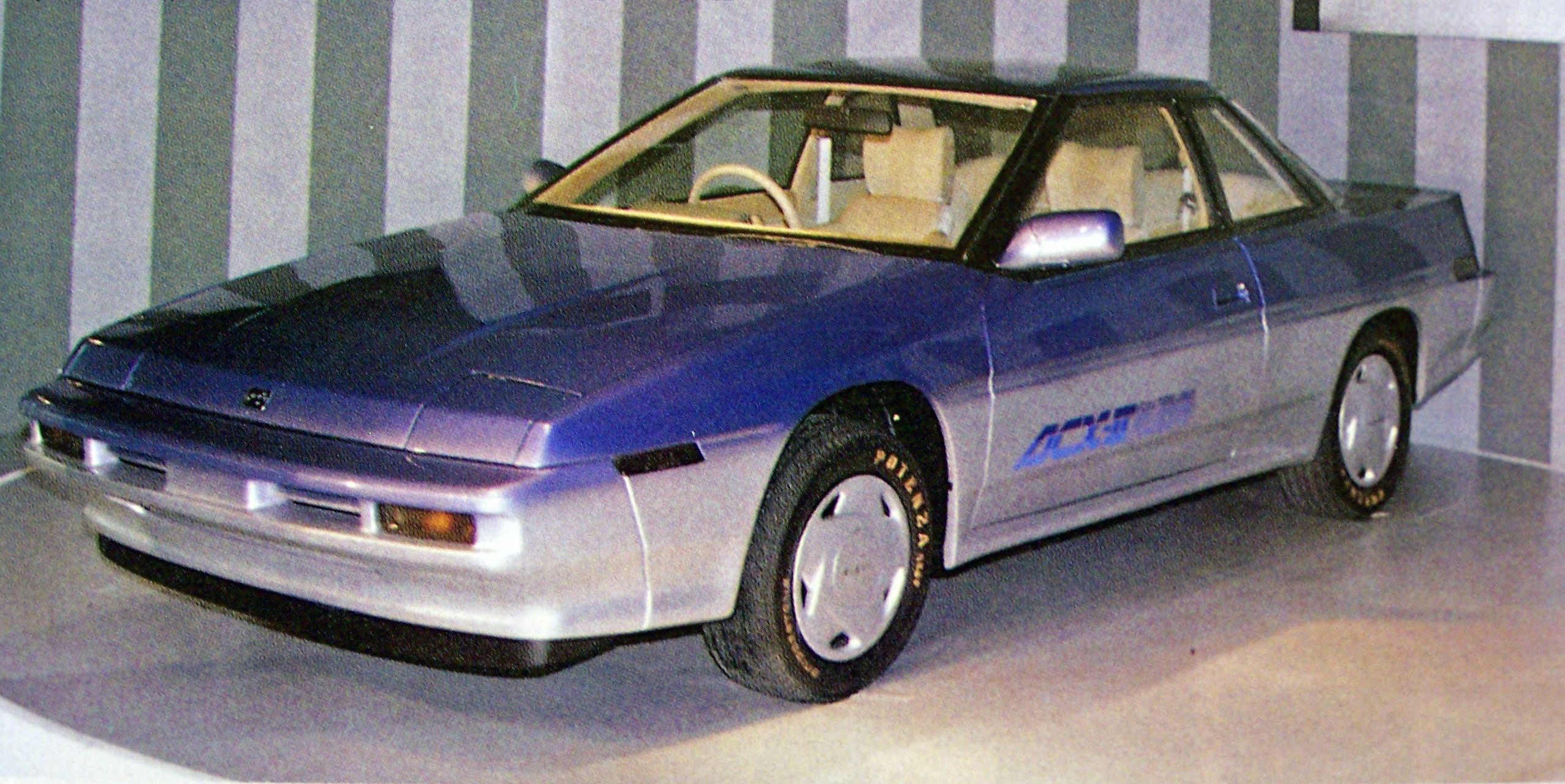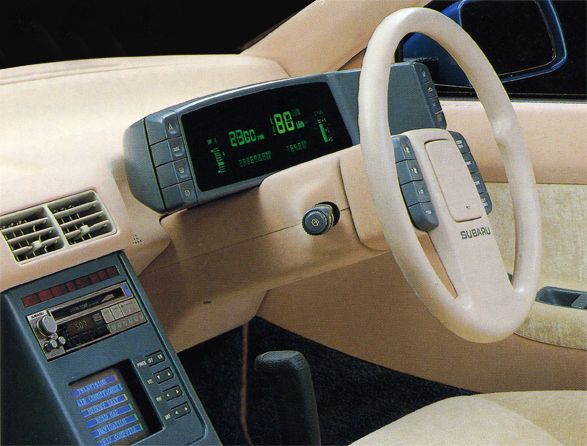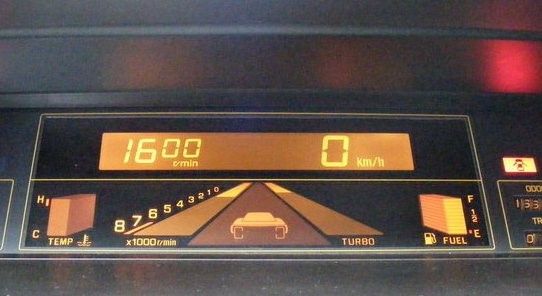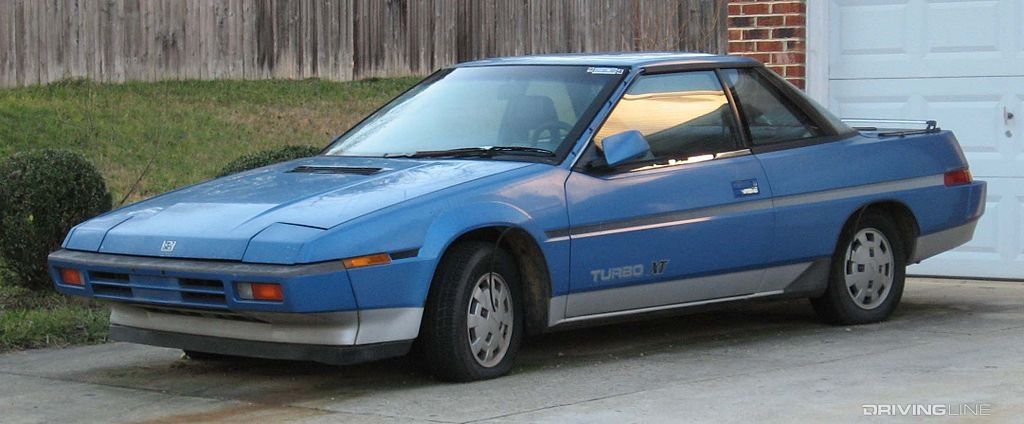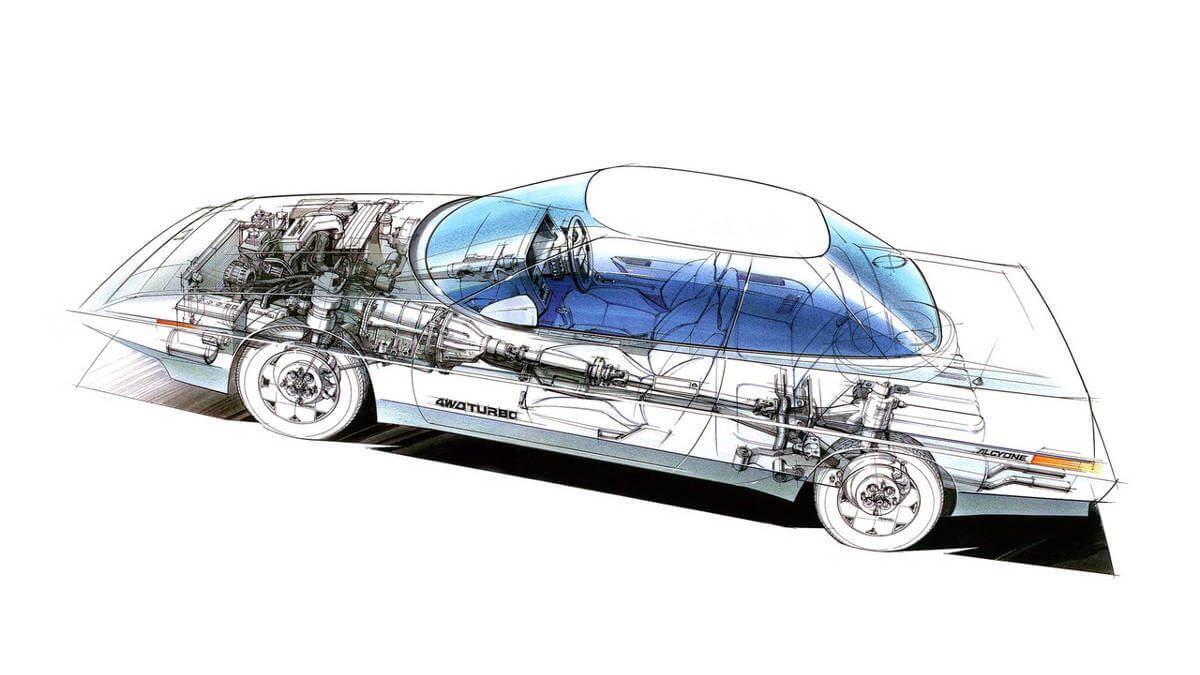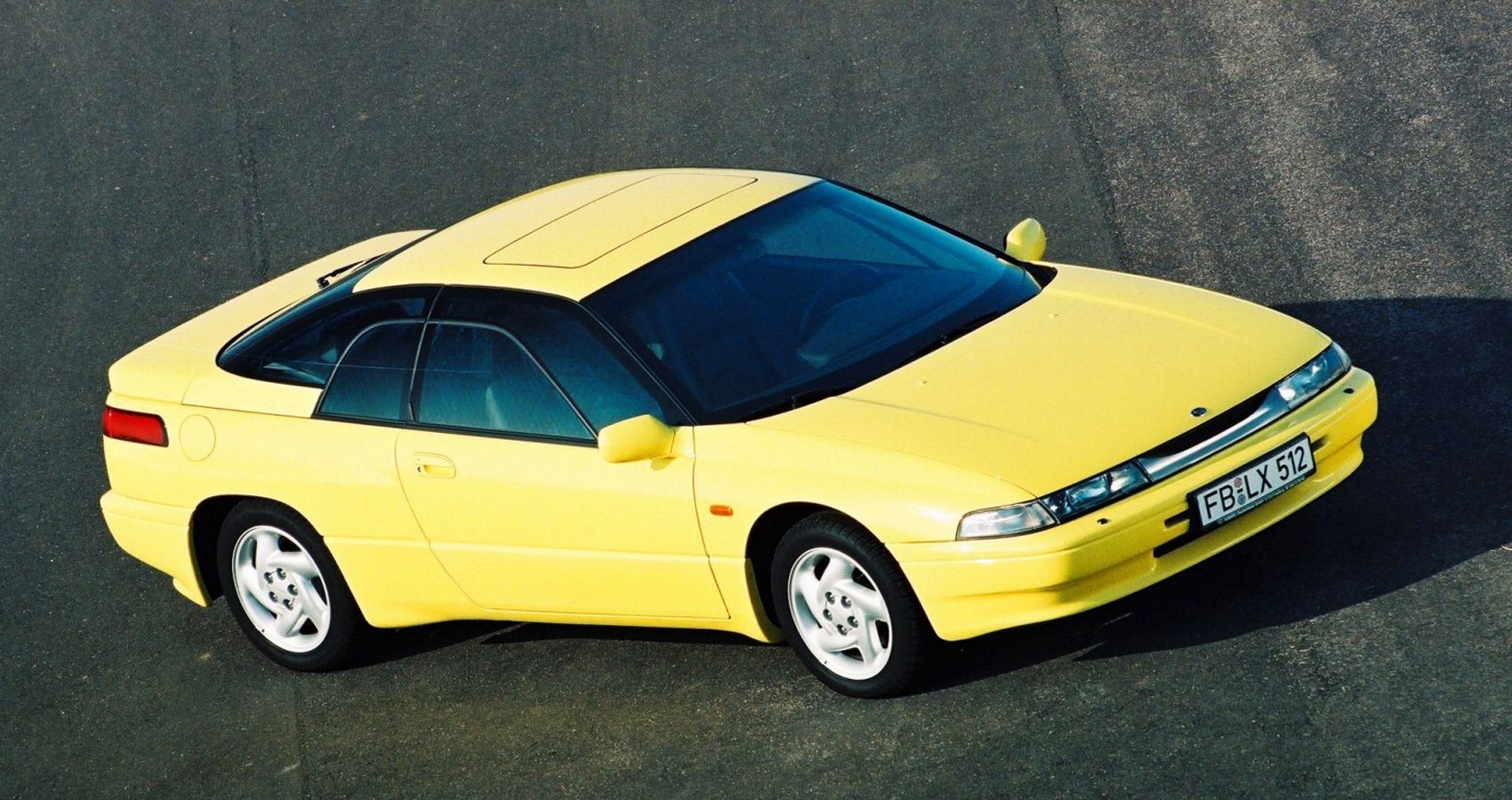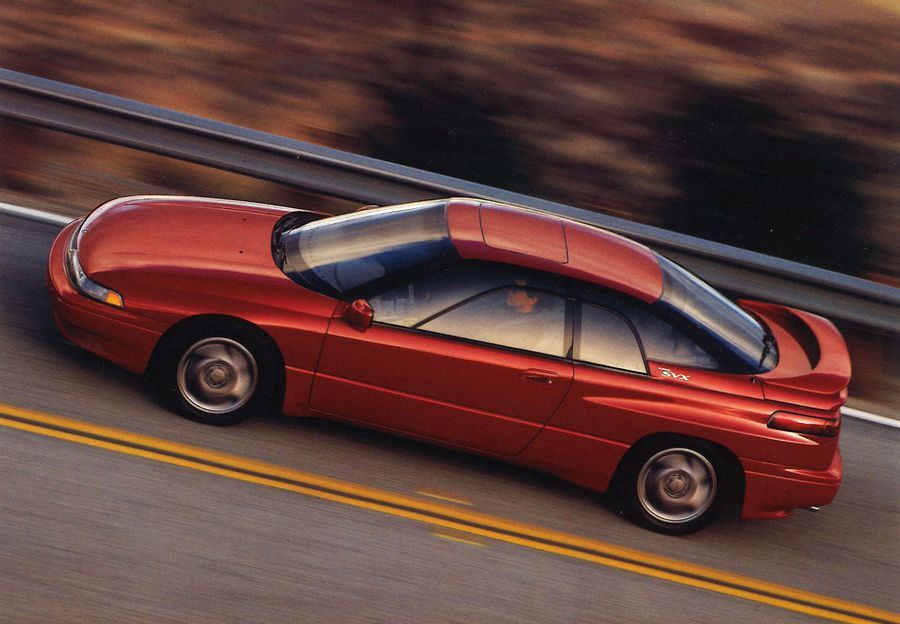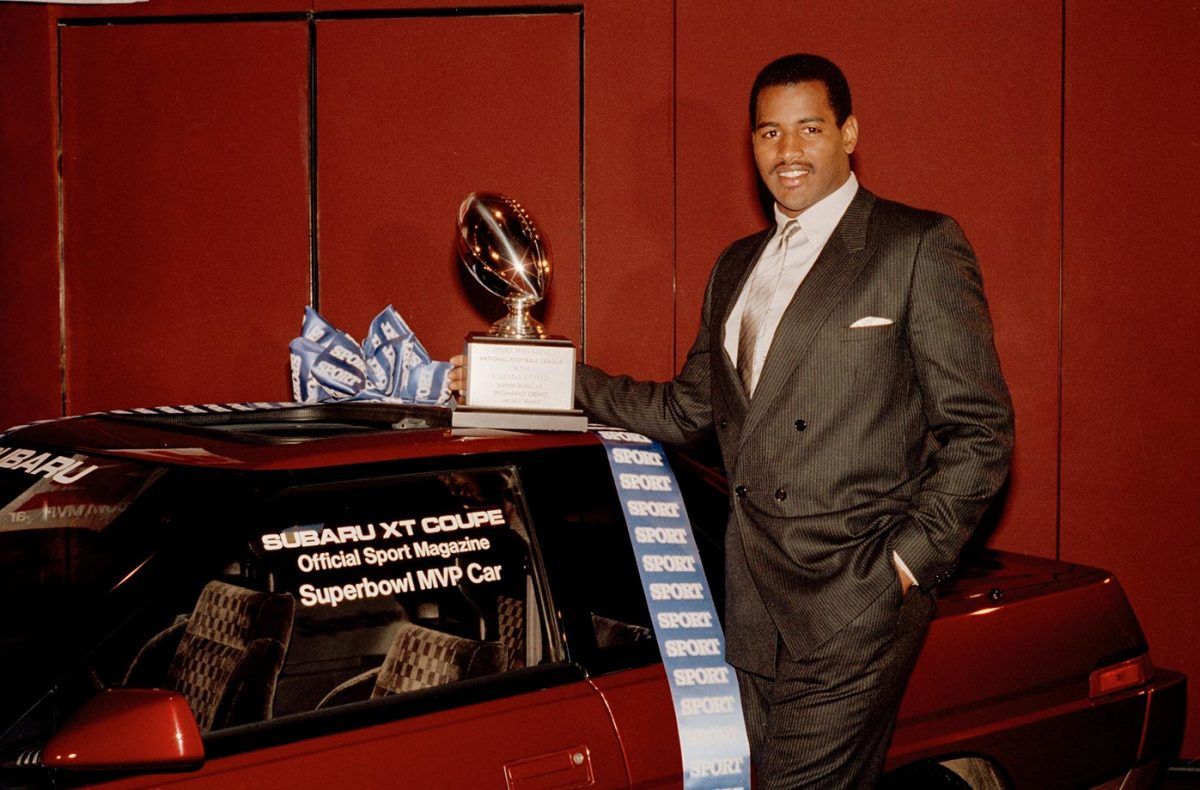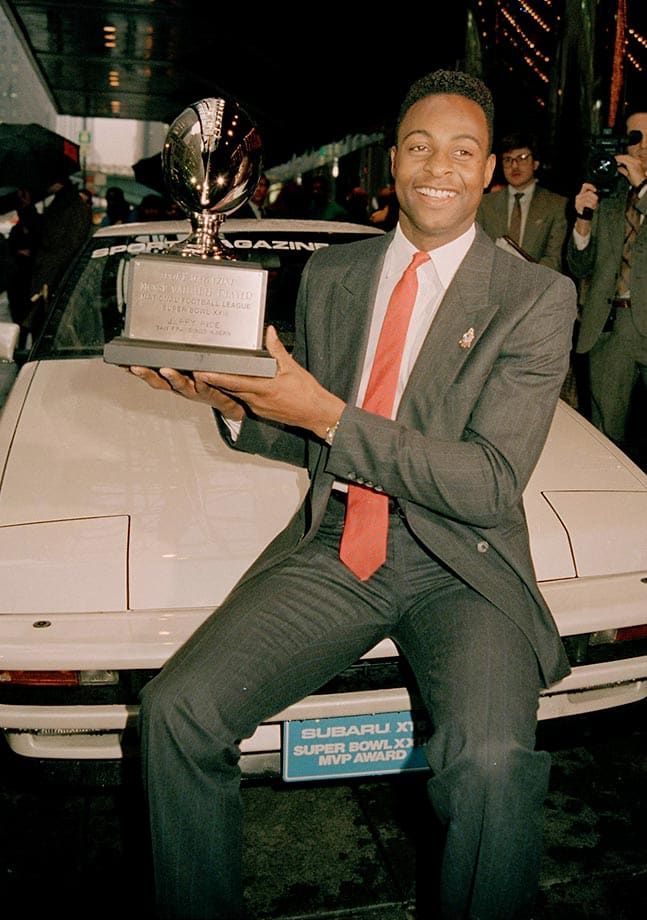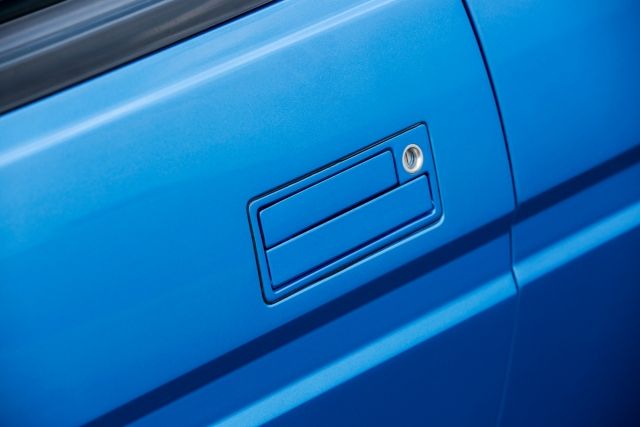The year is 1985. America is recovering from the great and terrible oil crisis (and so is the rest of the world) and companies are trying to make cars fast with little displacement. Lightweight and compact is the name of the game! Fuel economy was a female dog to crack, but now power and fun are being developed for the enjoyment of the people sick of gutless cars and massive family haulers like some old Ford Cortina Wagon or some other record-slow vehicle. Enter the Subaru XT. Picture palm trees and a booming economy, computers, and fighter jets! Even cars that talked to David Hasselhoff. The Subaru XT rolls through all of it, with the era-appropriate and yet somehow timeless wedge design with a mere 0.26 drag coefficient. Pop-up headlights turn on and what looks like a video game appears where a gauge cluster should be. An opposing-6-cylinder engine revs up, a very rare sound for a Subaru indeed!
Unless you owned one of these coupes, many of these crazy facts about the XT are all but forgotten. Most features are lost in the shadow of the legendary Subaru SVX, its successor. The XT is a legend in its own right with almost every aspect of its existence stretching too far into the future to really be appreciated by 1980s folk from ride height adjustment to a built-in turbo psi gauge. If you are like us you will probably finish this article and immediately hop on Craigslist and try to find one! You may be pleasantly surprised to find that they are well taken care of and for now, not too expensive!
10 There Was a 6 Cylinder Option
Since the dawn of time, even in their biggest SUVs, Subaru didn't ever do 6-cylinder. Not in their Forester STI in Japan, not in any Outback, and not even in their new Ascent that weighs 4,603 lbs! There are but three exceptions, the first being this, the XT. The second was its offspring, the legendary SVX. The XT engine was an "ER27" that was released in 1985.
The ER27 was a flat-six 2.7 L that was made to fit wide and low in the long, sloping hood. While most engines in the XT were four-cylinder, the 6-cylinder option made 145 horsepower with an impressive 156 ft-lbs of torque, just under the Japanese XT. The four-cylinder, the "ER82," made just shy of 100 horsepower with 1.7 L, and was the basis for the flat-6. Now, 97 might not seem like a lot but for a 2513.27 lbs car, it has a lot of potential, especially if it were to get a turbo (spoiler alert: it does get a turbo)!
9 It Came in FWD and AWD
Not only was there an AWD option, but it was turned on at your whim via the press of a button atop the shifter like something out of a sci-fi movie! Despite Subaru focusing primarily on AWD and making nothing else for about ten years up to that point thanks to the success of their 4WD wagon. They made the XT primarily FWD for gas milage and simplicity, as this was supposed to be a lightweight city sports car.
They also added a feature that was very uncommon at the time and very rarely used. It was an ECU to control the power output. This would be the start of a great rally career leading up to the legendary 22B, Collin McRae, and unparalleled Symmetrical AWD. To this day Subaru is known for its insanely advanced and intuitive AWD system.
8 It Was Design Like a Fighter Jet
Almost 10 years before the Toyota Supra (Mk4) had the driver-focused layout that resembled a cockpit, Subaru was creating a fighter-jet-inspired design from the dials to the shifter. The square, jutting lines were very impressive for the era, and have held up well to the test of time. The gadgets and buttons look more than functional, almost like every one of them will turn on an afterburner!
It also had a gun-grip shifter with a button on top (in both automatic and manual) that made the FWD turn into AWD if the option was on the car. The outside was designed with swooping lines and a cockpit look that made it seem like it could fly thanks to the extreme wedge shape. Even the lighting was pod-mounted like a jet. Seeing how Subaru's parent company, Fuji Heavy Industries, makes aircraft as well, it makes a lot of sense (yes, there are Subaru airplanes).
7 Pneumatic Adjustable Suspension Option
While people are spending more than the cost of a new Subaru XT to install air suspensions on their cars, Subaru offered a similar thing in some of their cars in 1985. At the press of a button mounted near the steering wheel, the car could go into a taller ride height (1.3") and a lower ride height, not unlike the high-end Mercedes of the era. It could do this while driving, too to help keep it level.
The feedback on the raising and the lowering suspension was always good, but it being the 1980s, people didn't understand it at the dealership. It was a classic "too good to be true" concern for a car that cost about $38,000 in today's money. The tech was expensive to put in the cars and not paying off in sales, so Subaru discontinued the option just before discontinuing the car itself in 1991.
6 It Wasn't Far From The Concept Car
At the 1985 Tokyo auto show, this beauty (pictured) rolled onto the stage. The car was sleek, and while it didn't inspire awe the same way some concepts did, it stayed true to the awe it did muster. The "Subaru ACX-II" looks and acts very similar to the end result. It remained a 6-cylinder AWD (at least as an option) and it featured highly digitalized interior concepts like a real computer screen for the dash and the center controls!
Remaining true to the design, the real XT featured a fancy steering wheel that made our top-10 for best looking. We love that intentionally asymmetrical work with tasteful shapes that aren't too absurd and remain cool to look at day after day. The cockpit, in our opinion, seemed to have been improved. Despite the simple layout of the ACX-II, the fighter-pilot style was an improvement.
5 Futuristic Digital Gauge Cluster
In the turbo models of the XT, you could see your car driving! Sort of... in an '80s-graphics kind-of-way. As though in a video game, your car was shown driving towards the horizon. The tachometer followed it on one side with a boost gauge (without numbers) on the other. The actual RPM was digitally displayed next to the (also digital) speed. Subaru was perhaps too far ahead of its time on this, and sadly it didn't stick just yet.
The instrument cluster moved with the (also unique for the time) adjustable steering wheel, and a computer could tell you fancy things like your fuel level, range, and trip distance. The whole thing fits neatly in a well-shaded square viewport behind the wheel. If you feel at all claustrophobic, the roof has a single panel that can be removed almost like some kind of hardtop convertible... sort of. It's very hard to imagine having a bad time driving this car!
4 Turbocharged
Subaru was very often averse to turbos but they didn't object when it came to adding sportiness to their low-displacement four-cylinder engine. Sadly, a 6-cylinder turbo would not exist until the incredible Outback H6-3.0, and then only in concept. Still, the turbo is a cool factor that not many sports cars can claim, and Subaru took it even further...
Every XT that was turbo came with a boost gauge, only it didn't include any numbers (as we mentioned). Instead, a bar would grow until it because visible in your prereferral, the same as the RMP. The turbo barely made around 7 psi at the max, but on such a small engine it was enough to do the trick. A simple valve or gate and you can be making some half-decent turbo noises around redline!
3 It Birthed The SVX
In case you don't know, the SVX was Subaru's step towards supercars. It wanted to be better poised to play with the big boys like the Supra and GT-R, and so out came the SVX, named for "Subaru Vehicle X," which in the car world denotes an experiment or a car that's a cut above the rest. Like the XT, this car was a front-wheel-drive with an optional all-wheel-drive.
Unlike the XT, the SVX was pretty fast! It could hold its own in the supercar world while it was made from 1991 - 1997 since it made 230 horsepower. Also unlike the XT, the SVX only offered a manual. Lastly, it wasn't nearly as good-looking in our opinion. It looked more like a catfish Camaro than a classic race car. I could go on, but we also covered the entire SVX and its features in another article.
2 Gifted To The Super Bowl MVPs
After about two years of moderate success, the Subaru XT was chosen for the prestigious role of being a gift for the late 1980's NFL's "most valuable player" at the Super Bowl. While this is cool, the car reward has never been too spectacular and sometimes gets negative press, and the Subaru XT image took a hit.
Three of the Subaru XT winners, Marcus Allen, Joe Montana, and Jerry Rice, all found that they couldn't fit in their cars. On top of that, football players were starting to make serious money and a car worth $40-$50,000 was better re-gifted. Marcus gave his coupe to his brother, Joe gave his to a friend, and Jerry gave him to a relative. The MVP car reward stands, but re-gifting is implied now thanks to the Subaru XT's off-target ambitions.
1 Retractable Door Handles
While there is no explicit point saying that Subaru inspired Tesla's fold-flat handles, we're going to say that they did. The handles had a button-like flap that retracted to allow the door to be opened. While driving or sitting, the handles lay flat for a massive increase in aerodynamics (not really).
The lay-flat look did add to the clean and trim aesthetic of the car, but it wasn't the only little perk that topped off the try-hard racecar. Like some fancy Le Man's car, it had just one windshield wiper blade, and like a fancy GT, it had headlight washers. Of course, we can't ignore perhaps our favorite quirk of all, the rectangle-shaped rims! What a bold move!

